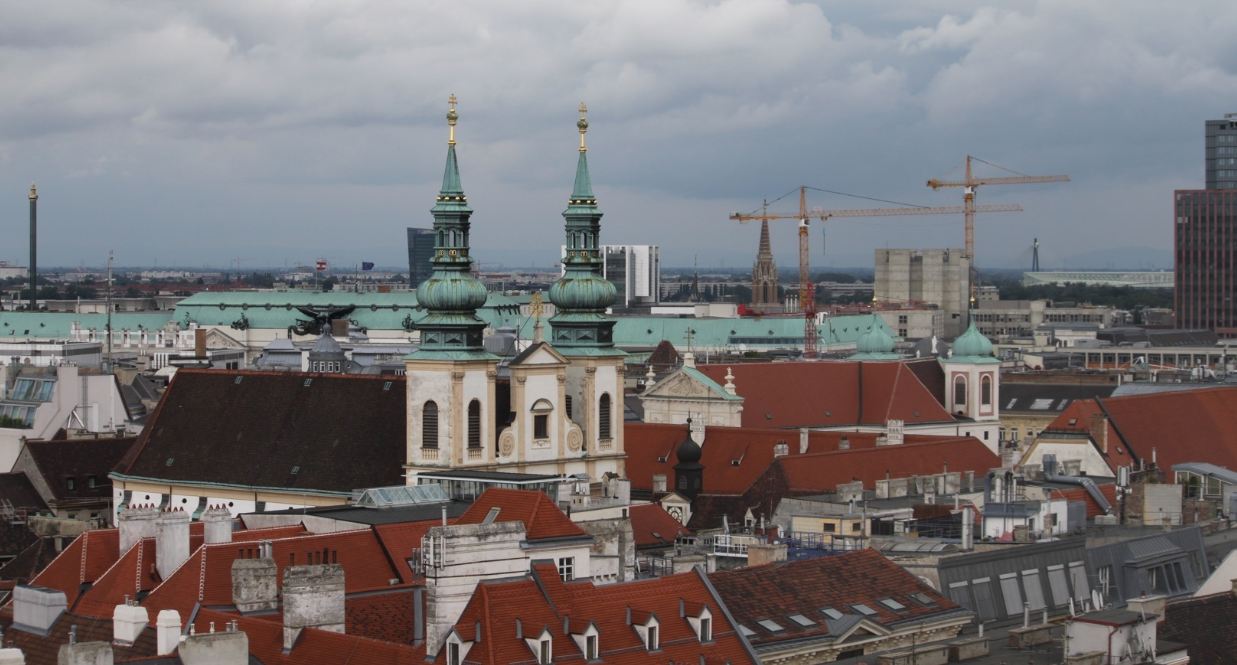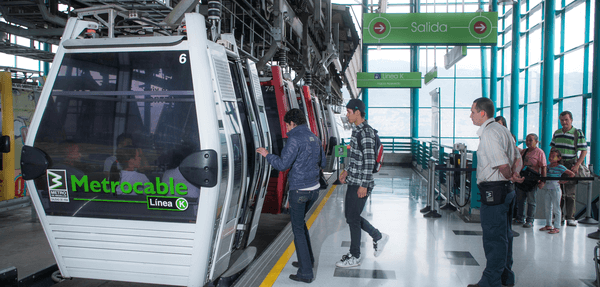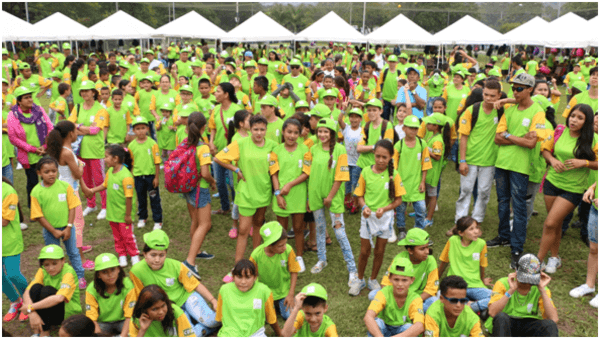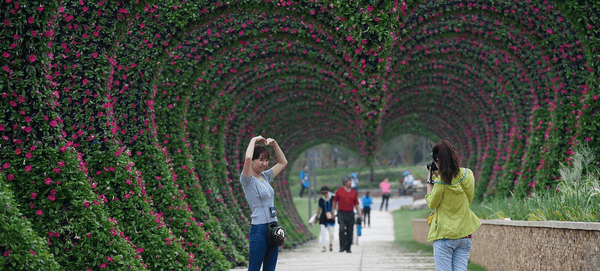
City
Vienna
Main actors
City Government, other
Project area
Neighborhood or district
Duration
1999 - 2001
Gender-sensitive solutions to enable girls and young women to utilize public spaces and parks in a safer and better way
The basic idea of re-designing existing parks in gender-sensitive ways is to give girls and young women better positions in public spaces and public parks. Girls aged between 10 to 13 years spend less time in public parks. Therefore, specific interests concerning games, sports, and other leisure-time activities are to be incorporated into public park design.
During an intensive planning phase, six consultant planning offices, in cooperation with interested park visitors, female planning experts, and sociologists, paid great attention to girls’ interests and also to strategies to raise feelings of safety in parks. In the end, two agencies rearranged and redesigned two parks in Vienna’s fifth district. Appropriate design elements, proper lighting, and clear and open common areas changed the parks completely.
The City of Vienna intends to have ‘design’ parks in all 23 city districts following ‘gender-specific’ guidelines, which also shows the high level of transfer possibilities. The responsible Office for Planning and Housing Construction Methods, That Take Account of Women’s and Everyday Needs assumed supervision of this park design project with regard to incorporating girls' interests.
On Map
The Map will be displayed after accepting cookie policy


